Ben Franklin’s Writing Enlightens and Entertains America
Benjamin Franklin was the leading printer in British America, but he was also one of the most successful authors of his time. Over the course of Franklin’s impressive life, he wrote two of the greatest treasures of American literature, Poor Richard’s Almanack and his Memoirs, also called The Autobiography of Benjamin Franklin.
Franklin’s launch of Poor Richard came on December 28, 1732, when Franklin used his paper The Pennsylvania Gazette to announce its publication. In an era in which almanacs were found in virtually every American household, Franklin’s work became one of the most popular, selling about 10,000 copies each year.
Interestingly, almanacs had been part of the American scene since William Pierce first published one in Cambridge, Massachusetts in 1639. In an age without computers and cellphones, almanacs attempted to provide information on all things for all people. Almanacs also satisfied man’s natural craving for the news of the day and good old-fashioned gossip.
Poor Richard Almanack, 1733.
Almanacs contained astrological data to help farmers know when to plant and harvest their crops. It was also believed in early America that the alignment of the stars and moon had a direct bearing on one’s well-being. Consequently, almanacs contained information which even allowed readers to predict when they would be sick!
They provided travelers with information on the best roads to take and the best inns along the route, recipes and tips for the woman of the house, tables to calculate time using a sundial, as well as calendars, comics, and puzzles. Due to their utility, most publishers designed them to be carried around, a sort of portable dictionary much like our cellphones today.
Poor Richard’s Almanack was based on the character of Richard Saunders, a creation of Franklin’s wit. Through the entertaining writings and witticisms of Saunders, Franklin made Richard and his wife Brigid part of many early American homes.
In addition to the standard almanac information, Poor Richard contained sayings that reflected the genius of Franklin and his emphasis on hard work and frugality. Many of these proverbs have become standard in the American vocabulary such as, “diligence is the mother of good luck”, “never leave that till tomorrow, which you can do today”, and “do not squander time, for that is the stuff life is made of.”
Franklin even had fun with his competitors by predicting the exact date of death for several of them. Naturally, these predictions caused angry rebuttals and the on-going public argument entertained his readers and made them more attached to Poor Richard, Franklin’s ultimate goal.
Franklin published Poor Richards Almanack for 25 years with the final edition appearing in 1758. In his farewell edition, Franklin included a pamphlet entitled The Way to Wealth, perhaps his most popular work of his very popular Almanack. As only Franklin could do, he created the character of Father Abraham, a sort of ancient wiseman, as its author. It was essentially a consolidation of some of the best witticisms from the Almanack and a “how-to-guide” for becoming wealthy.
Franklin’s last major literary work was The Autobiography of Benjamin Franklin, although Franklin called it his Memoirs. A true classic and one of the most widely read books of its kind, Franklin began this work in 1771 while he was living in England. Composed of four parts, the book followed several starts and stops, with Franklin beginning the last section in 1790, a few months before his death.
The first part, dealing with his life to age 25, is generally considered the best part of the book and is presented as a letter to his son William, then-Royal Governor of New Jersey. The other three parts continue to tell Franklin’s story but only up to the 1760s. Unfortunately, Franklin never completed his memoir, so we do not have his experiences in his own words from the American Revolution to read and enjoy.
That aside, The Autobiography is both entertaining and informative. Franklin’s wit is constantly on display and the reader gets a chance to see the world in the eyes of one of the most talented men America has ever produced.
WHY IT MATTERS
So why should the early life of Ben Franklin matter to us today? Benjamin Franklin’s writings enlightened and entertained his readers. Moreover, his work in the printing business greatly expanded and improved the newspaper network and, consequently, the flow of information in early America. This incredible, self-made man rose from humble beginnings to a position of prominence by hard work and diligence. Franklin set a wonderful example for other Americans to follow.
SUGGESTED READING
Poor Richard’s Almanack, especially his final pamphlet The Way to Wealth, is a must read for all Americans. Franklin’s almanack was an institution in America from 1733-1758. It is both witty and instructive, a fun read for everyone.
PLACES TO VISIT
The Benjamin Franklin Museum in Philadelphia is a great place to visit. Located inside Independence National Historical Park, it details Franklin’s life and legacy with many outstanding exhibits.
Until next time, may your motto be “Ducit Amor Patriae”, Love of country leads me.

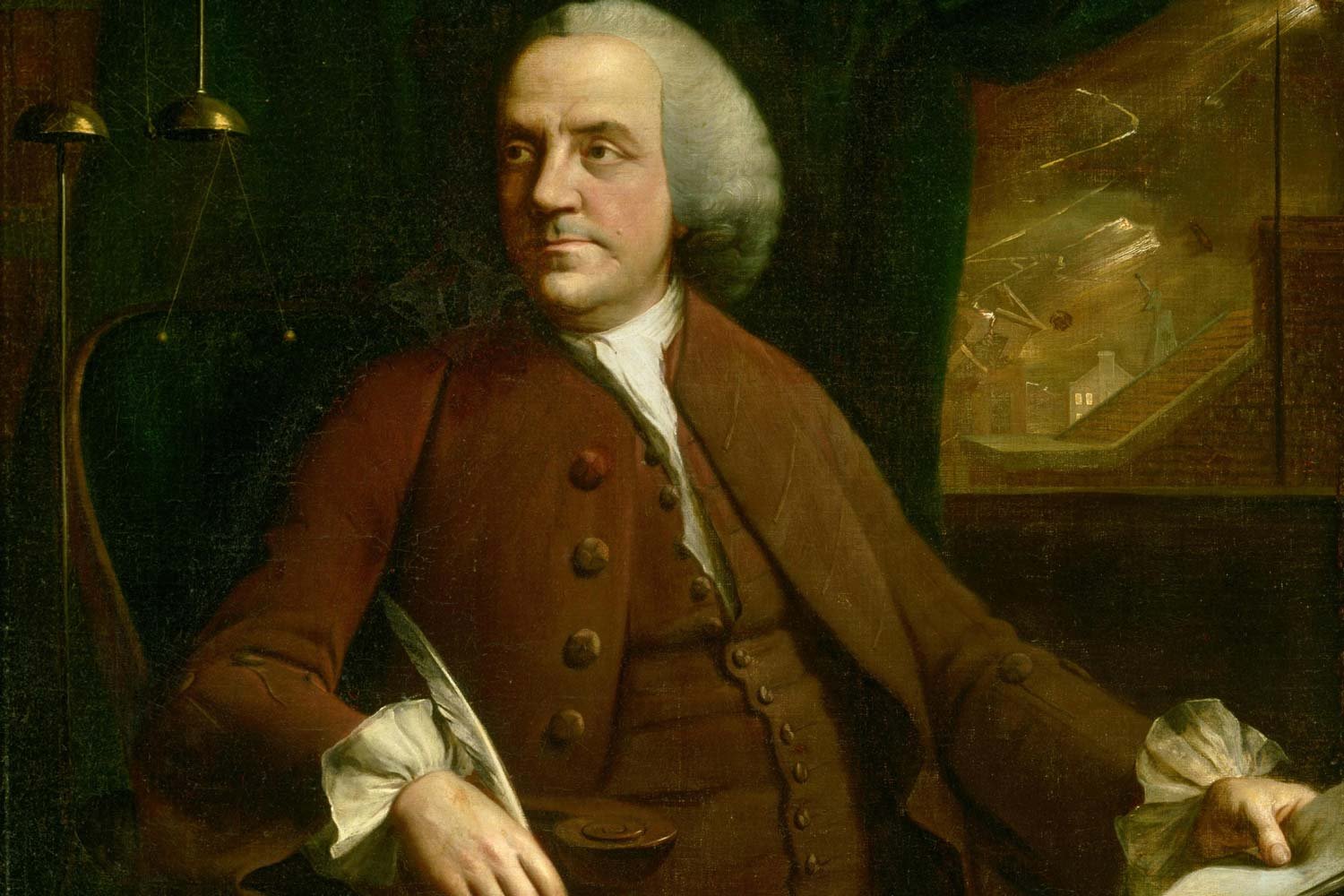
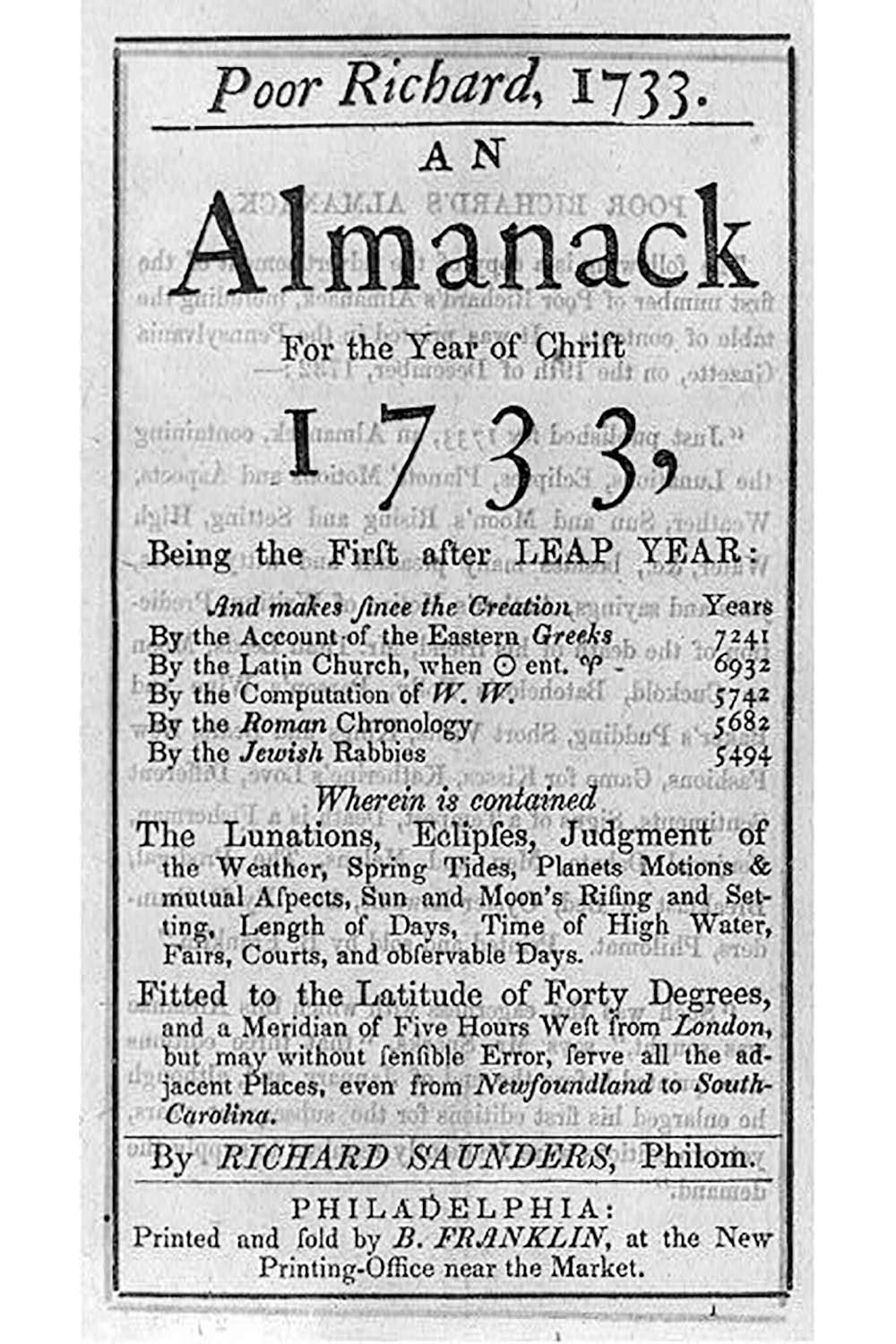
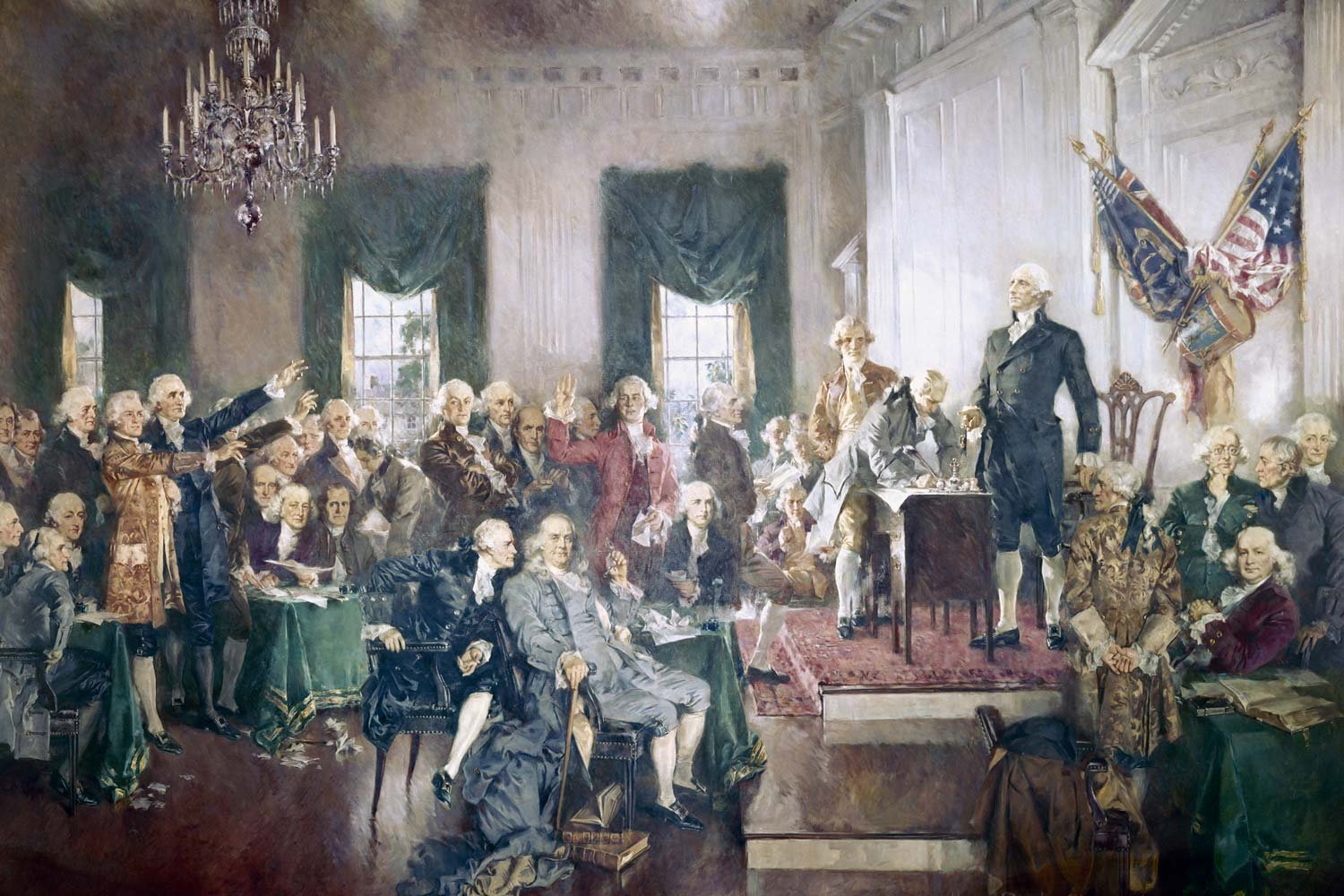
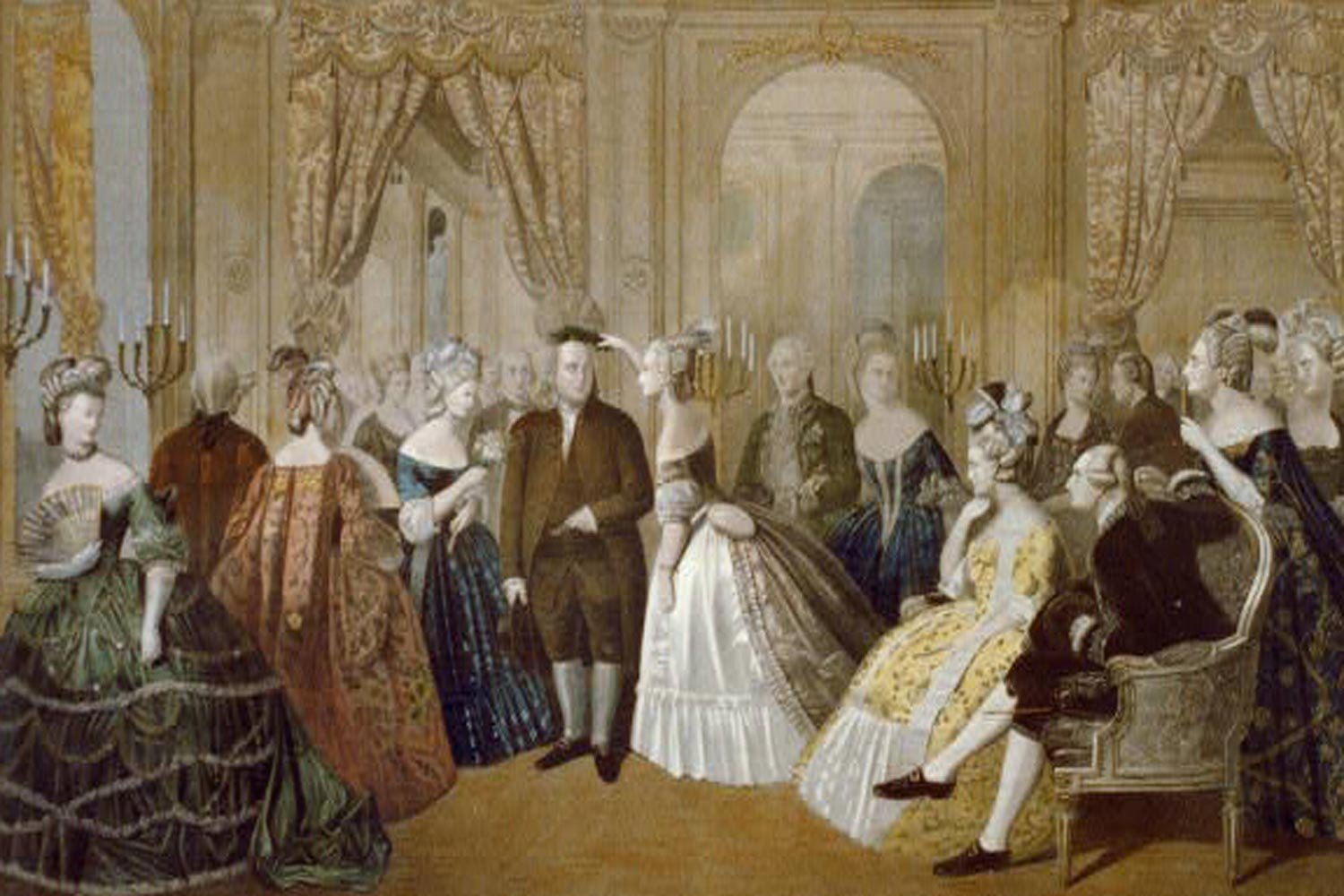
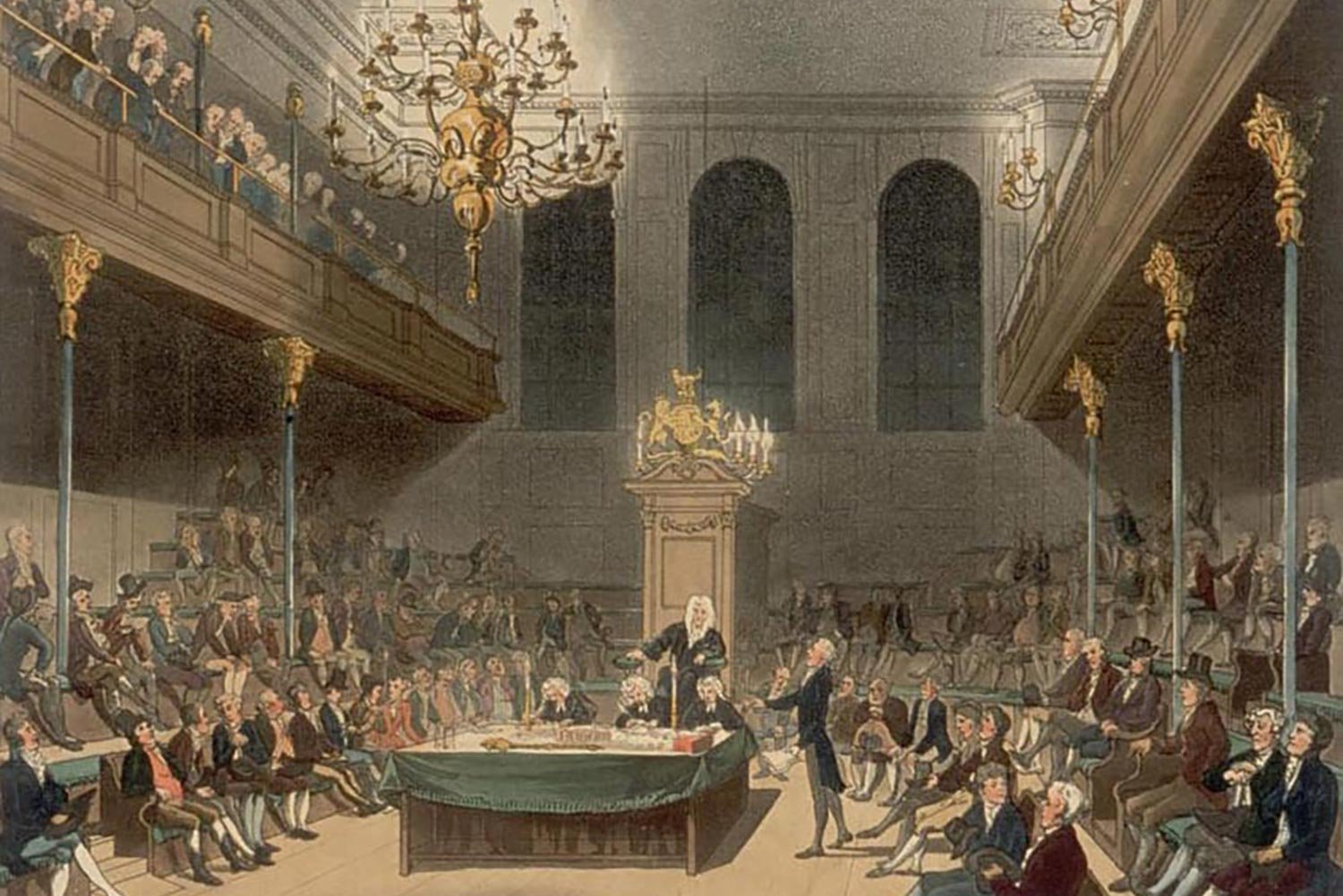
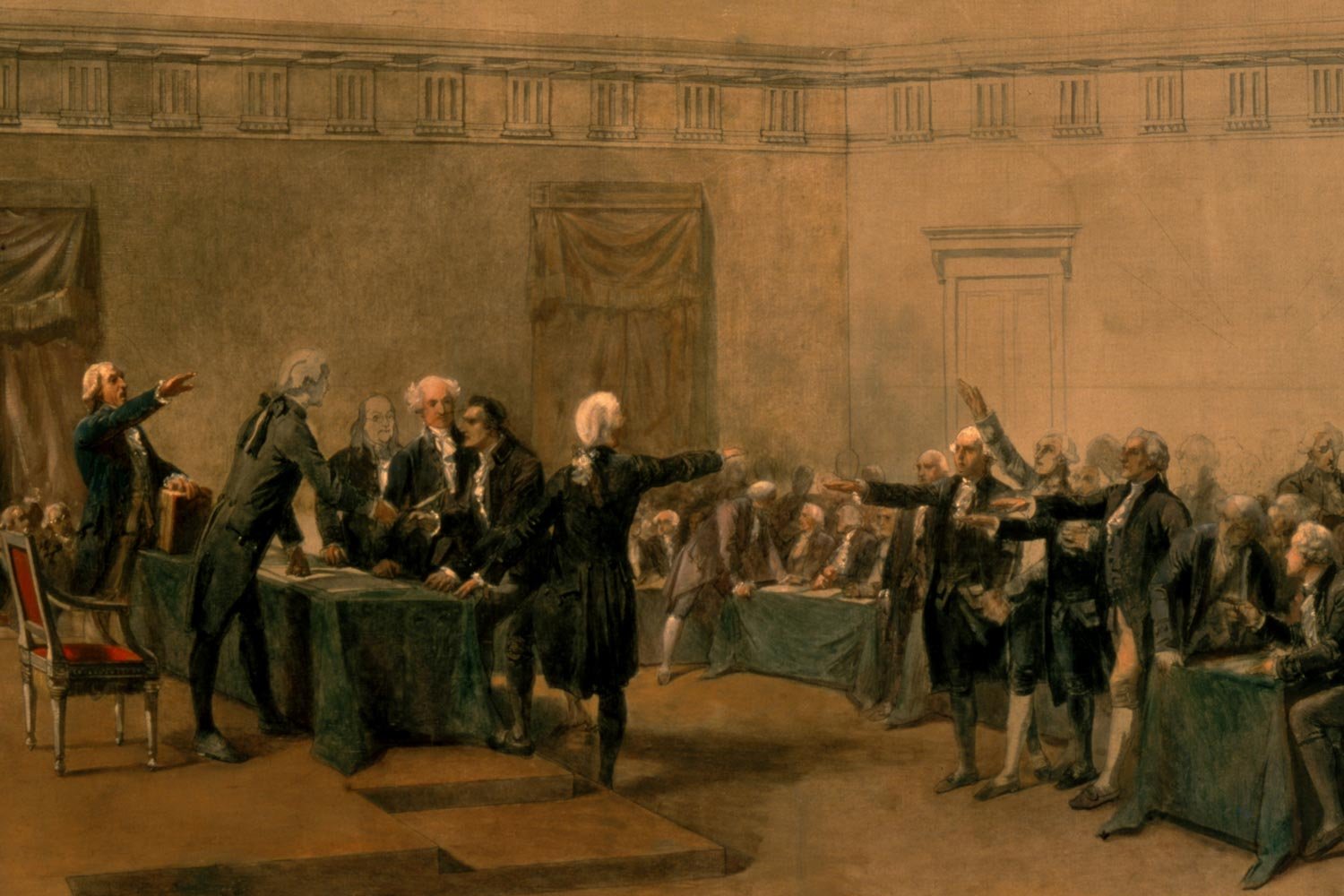
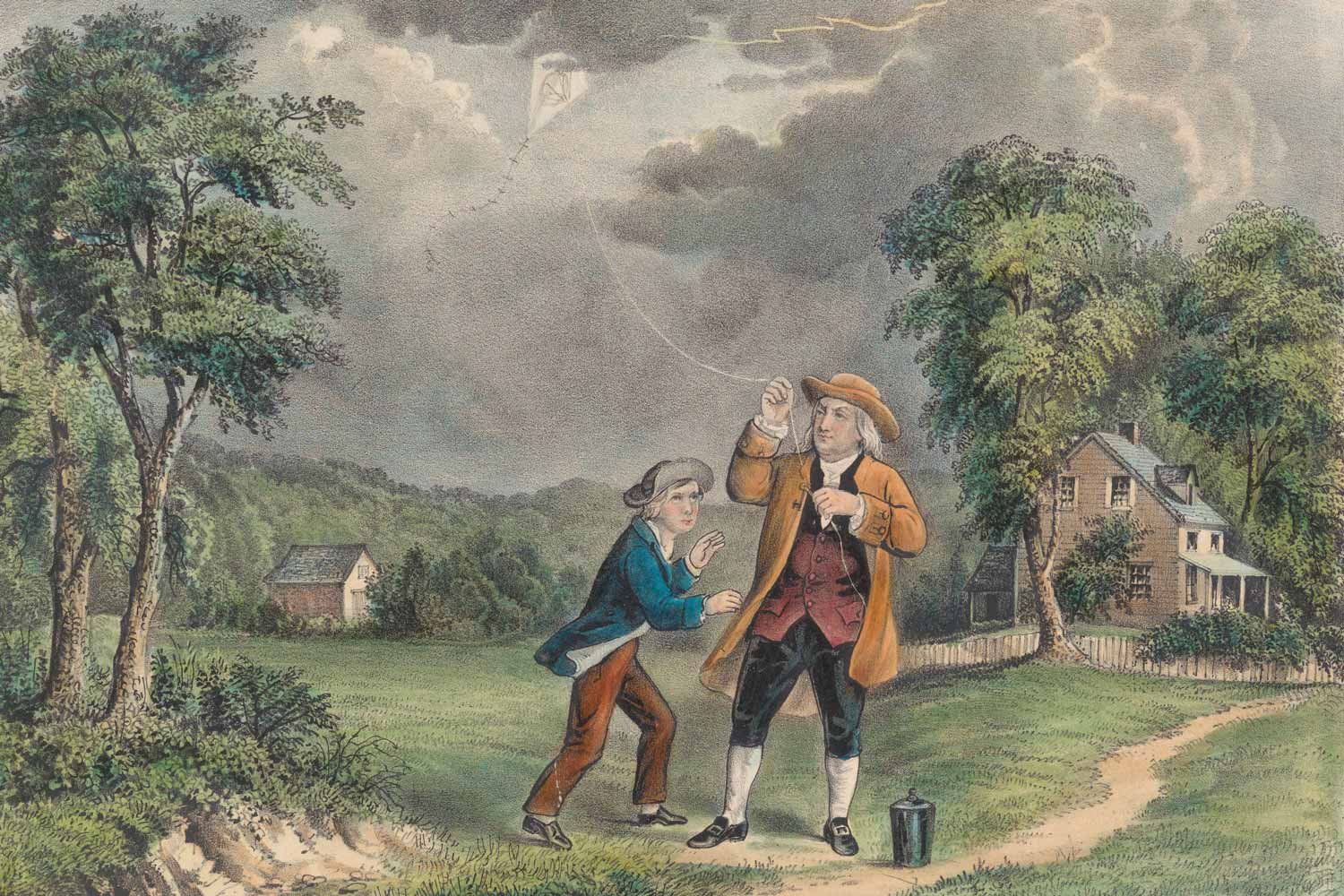
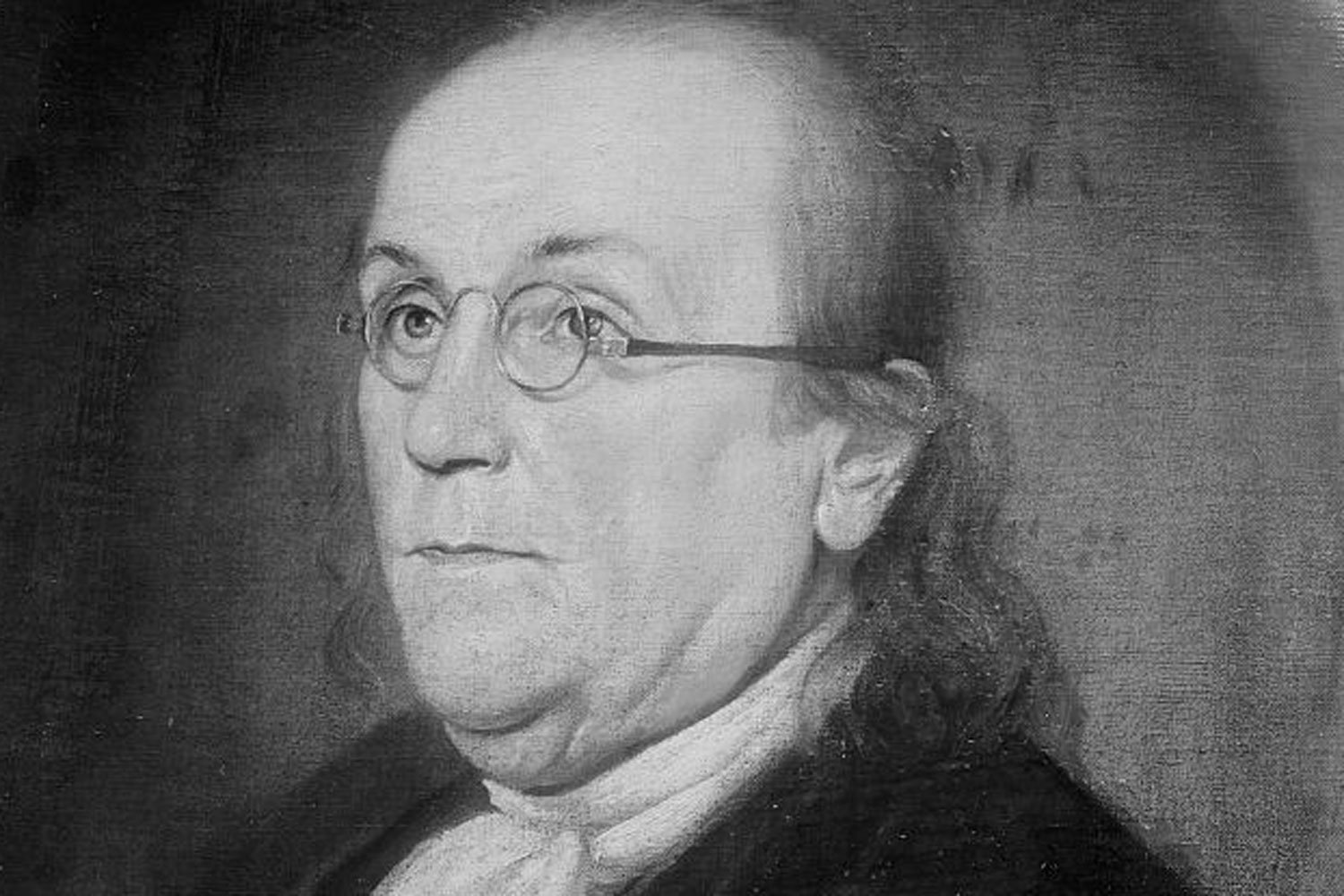
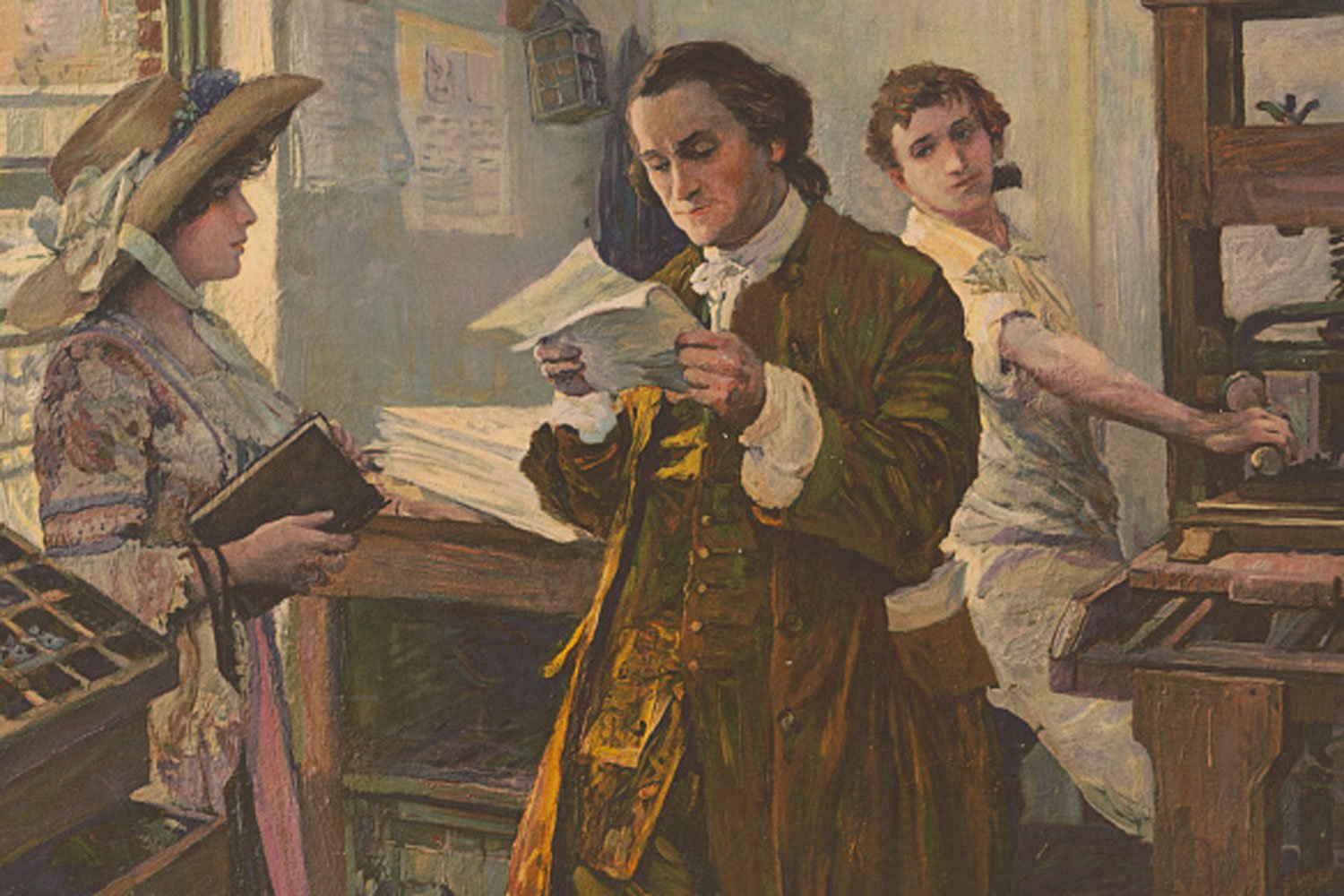

The Constitutional Convention adjourned on September 17, 1787, and would be Benjamin Franklin’s last moment in the spotlight of American history. It was a fitting finale for this man who had done so much to shape the nation in which he lived. Franklin was 81 years old, in poor health, and hoped for a well-deserved rest.